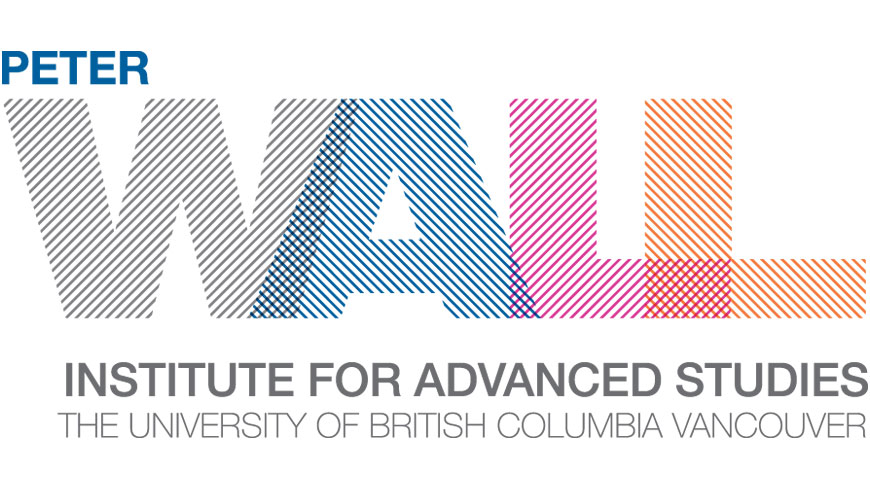Food Production Potential and Water Requirements in Urban Agriculture
Source
This brief is based on research that has been published in a peer-reviewed journal article.
Introduction
The number of urban farms is rising along with the interest in urban food production. Urban agriculture is linked to social benefits including community building, greening of cities, and fresh, locally produced foods. Urban farmers and city planners benefit from information about urban food production, such as how much food can be grown in urban spaces. The food production potential of urban areas has been suggested to be a key factor in community food security.
There is also growing interest in how water conservation and management can be influenced by urban design and land use. Understanding water management is important since paved streets and buildings change how water is absorbed, stored and evaporated, disrupting the natural flow of water in and out of the environment.
Both water requirements and sunlight for plant growth have been difficult to estimate in urban areas due to shading from trees, buildings, and other structures. Vancouver, BC, has cool, wet winters and warm, dry summers. The growing season occurs during the dry season, and the city typically imposes water use restrictions during the summer. The research team developed the CityCrop model to estimate food production potential and water requirements for urban areas.
Objectives:
- Develop the CityCrop model to estimate the food production potential of urban areas
- Use the model to assess water requirements for food production in urban areas
- Evaluate the impact of shade from buildings and trees within an urban area on crop production and crop water requirements
Research Process
A primarily residential area within the city of Vancouver, BC, was selected as the study area. The CityCrop model was used to estimate the crop production potential and water requirements for an area of the city based on wind speed, air temperature, solar energy, precipitation and relative humidity.
Beans were chosen as the model crop because it is commonly grown in the region and information on water use for bean production was available from past research at UBC Farm. The CityCrop model was used to determine the impact of light reduction on crop production potential and water requirements of green beans grown in urban residential areas. The findings were compared with known crop production potential and water requirements of beans grown at UBC Farm in full sun conditions.
Results
Crop Production Potential
The CityCrop model indicated that light obstruction led to a 5% reduction in crop productivity, and 3.5% reduction in yield. The CityCrop model found that if all grass surfaces within the study area were used for food production, the resident population could obtain about 37% of the vegetable portion of their diet and about 5% of their caloric needs from within their local urban area during a 150-day growing season.
Water Requirements
Water use for crops was 17% less than the water needs for a lawn assuming no watering restrictions were in place. The CityCrop model found that if all grassy areas within the study area were used for food production when watering restrictions are in place, it would increase water demands by 63% compared to a no-watering condition. Under most levels of watering restrictions lawns are limited but gardens may be hand watered. Decision-makers need to consider water conservation policies, such as rain water harvesting, in tandem with food policies. Additional water use such as that used during the post-harvest stage would further increase water use for urban agriculture.
About this research
This research brief is based on the following journal article:
Key Findings
The CityCrop model provides a framework to estimate trade-offs related to land use management and water demand within urban environments. The CityCrop model indicated that urban light reduction impacted crop productivity less than expected, while the impact on water requirements was greater than the impact on crop productivity.


